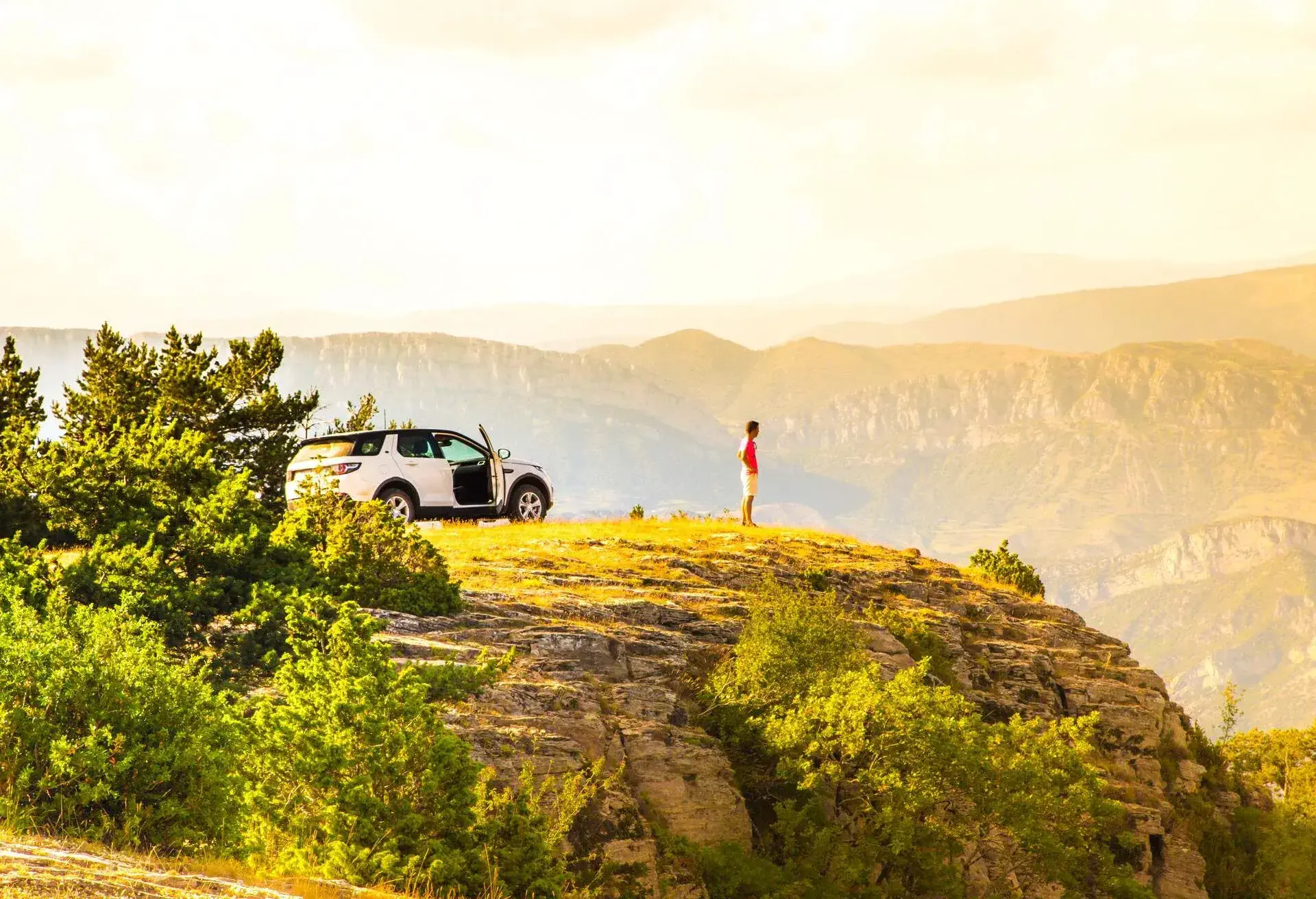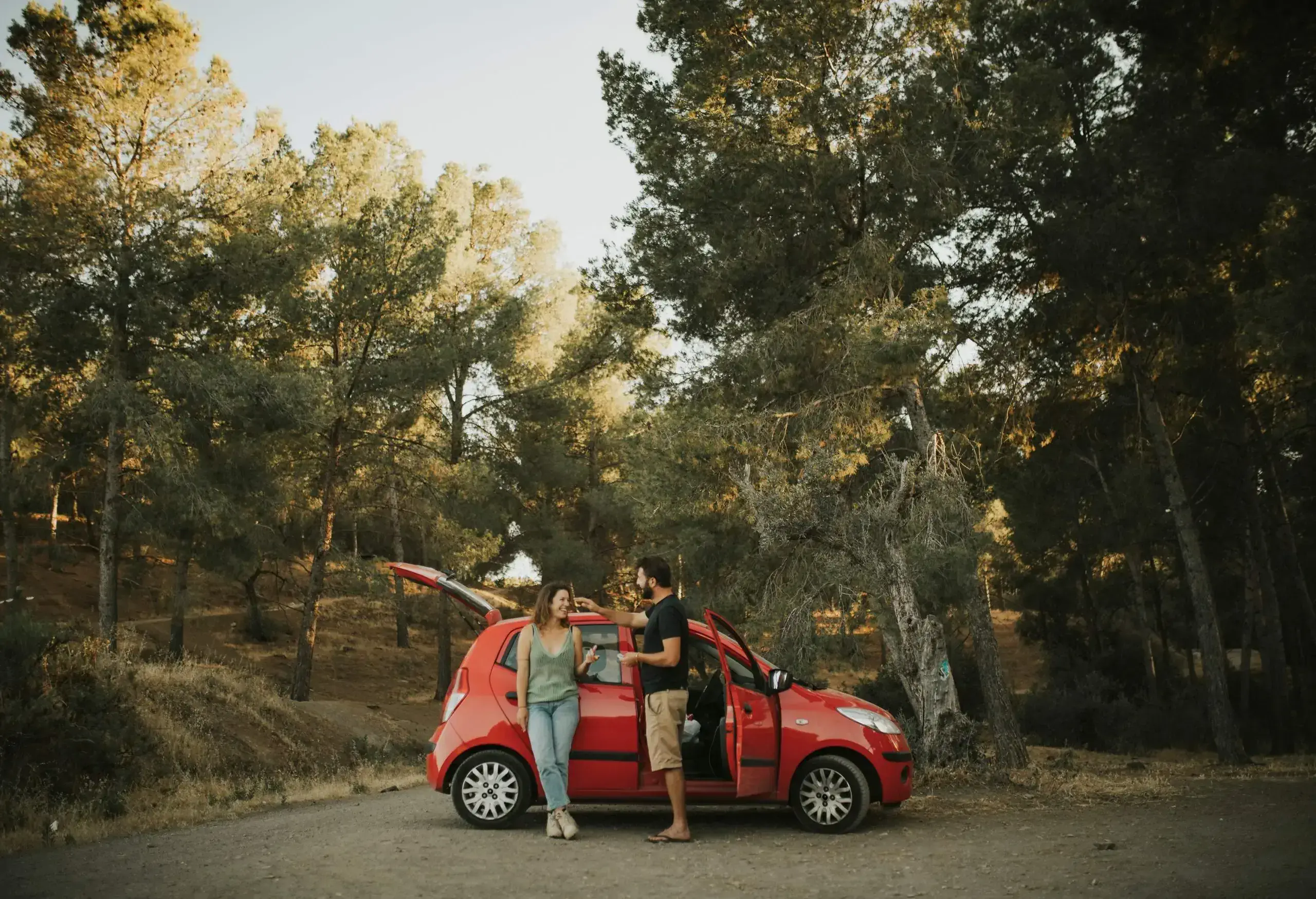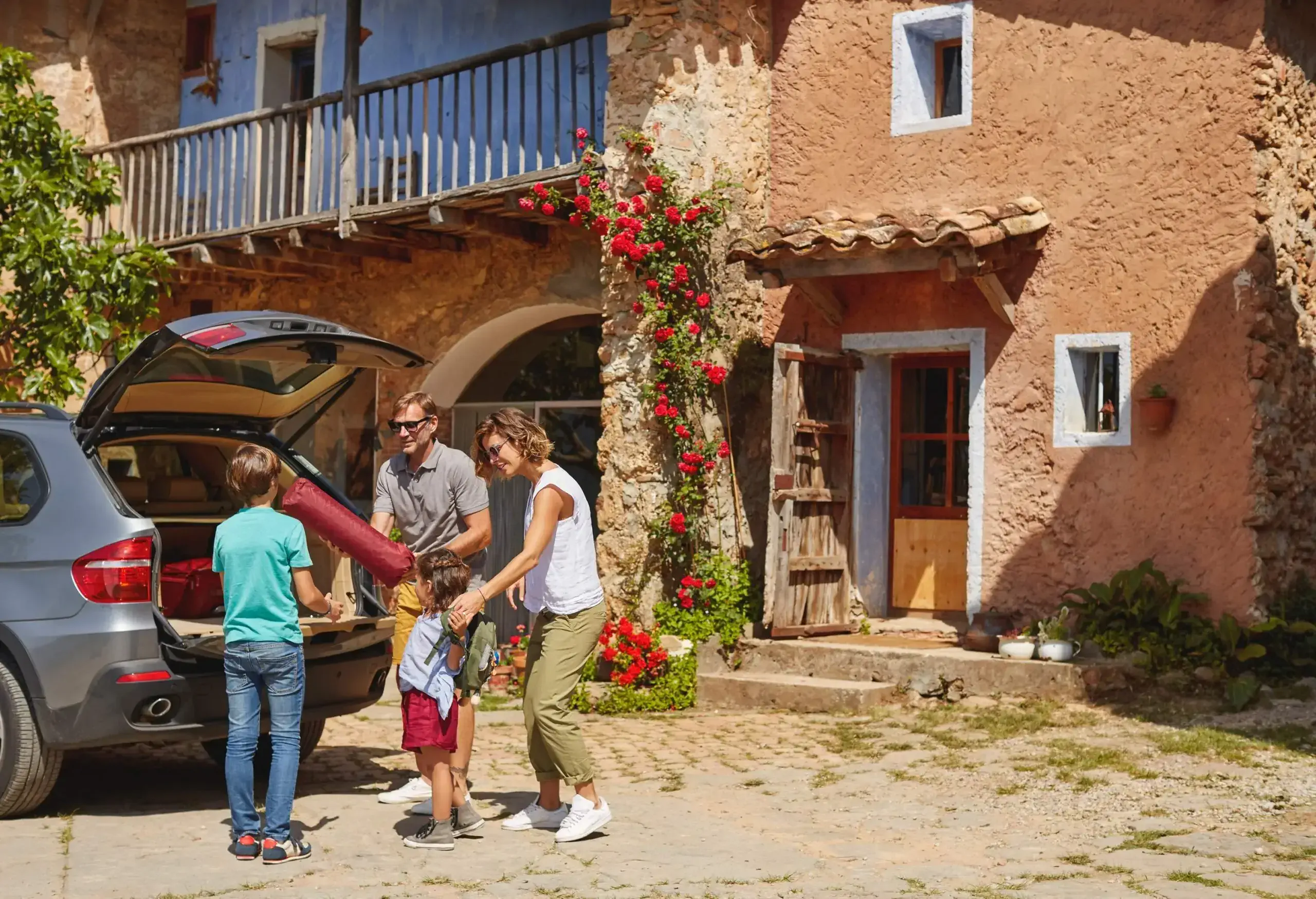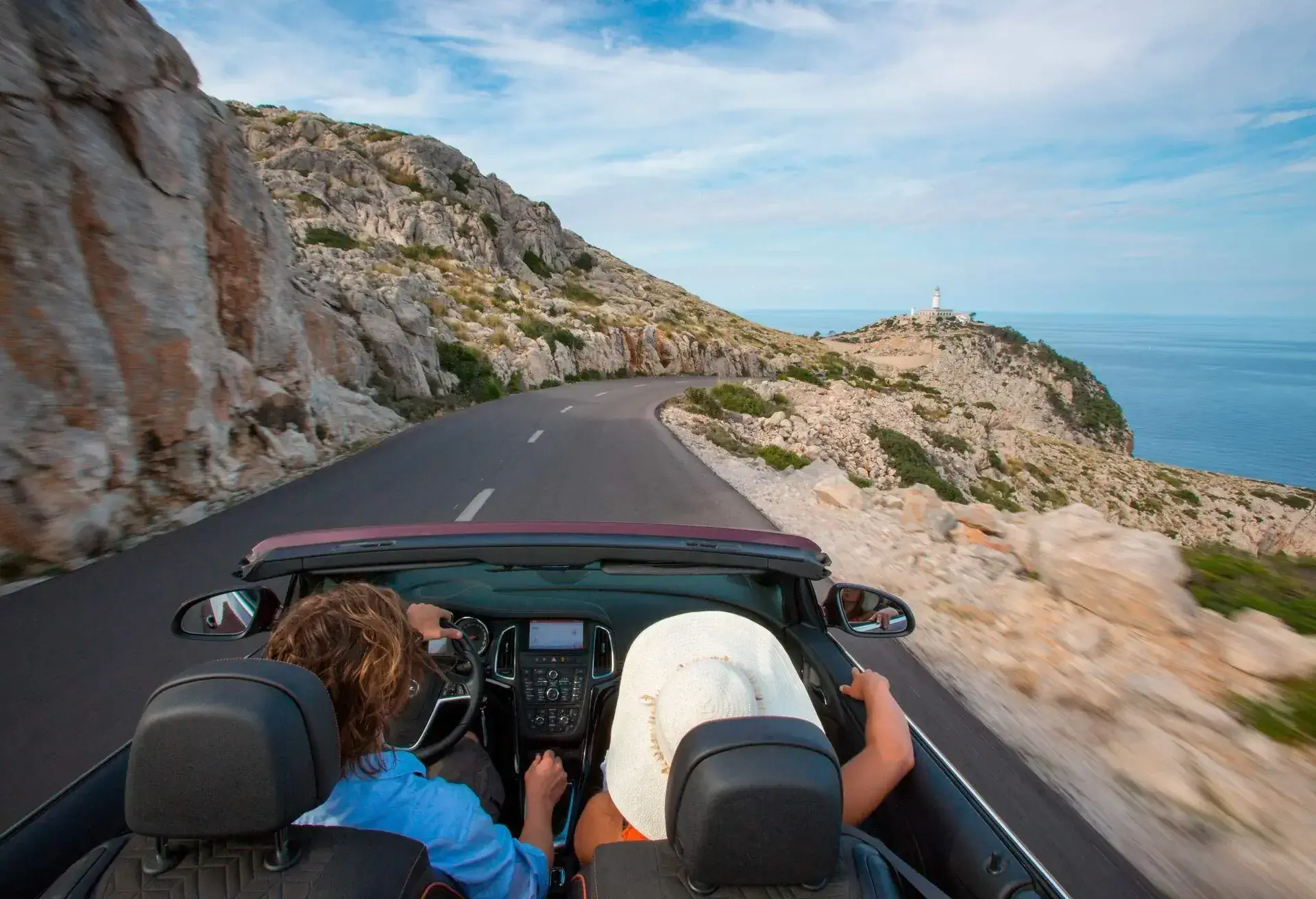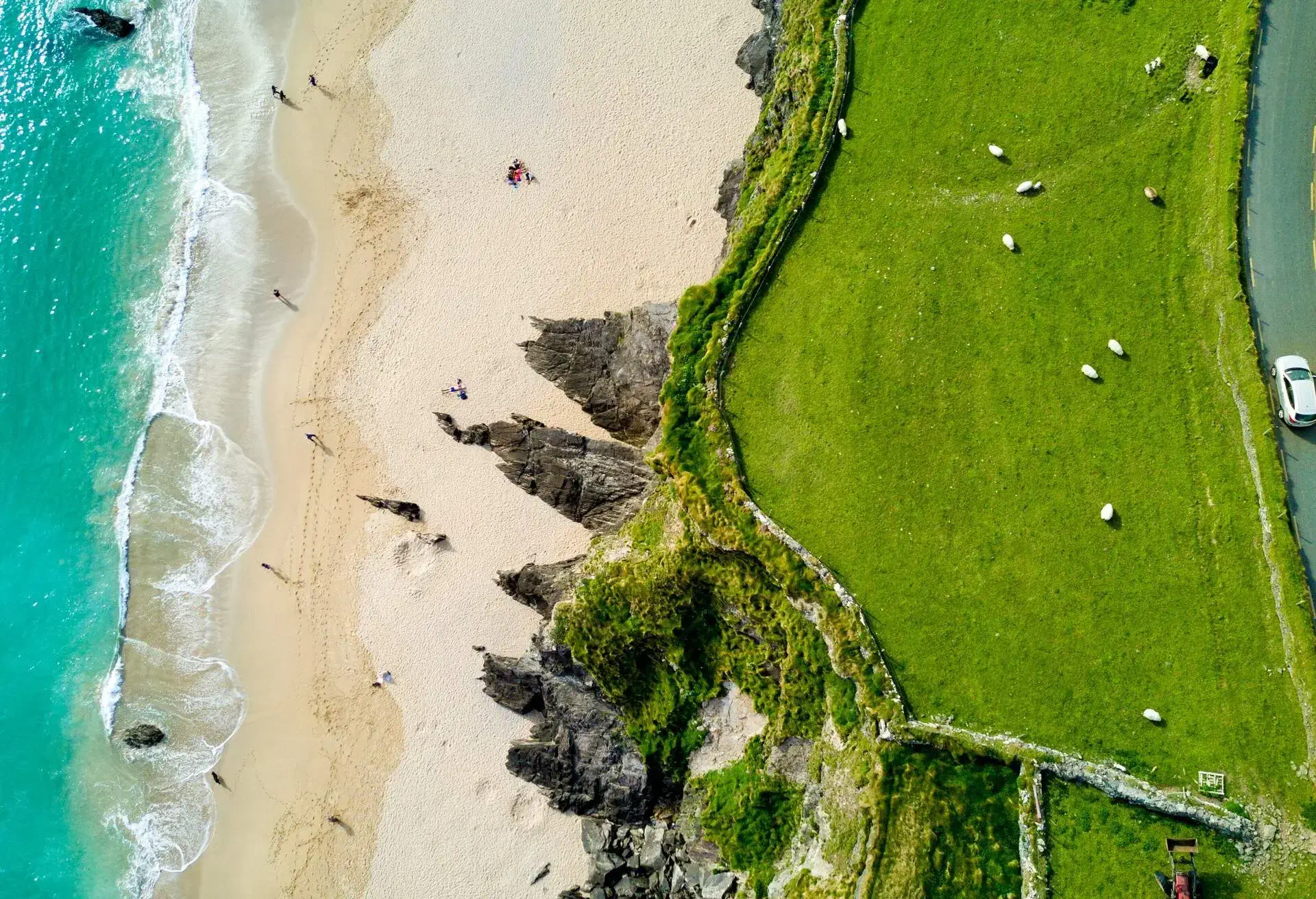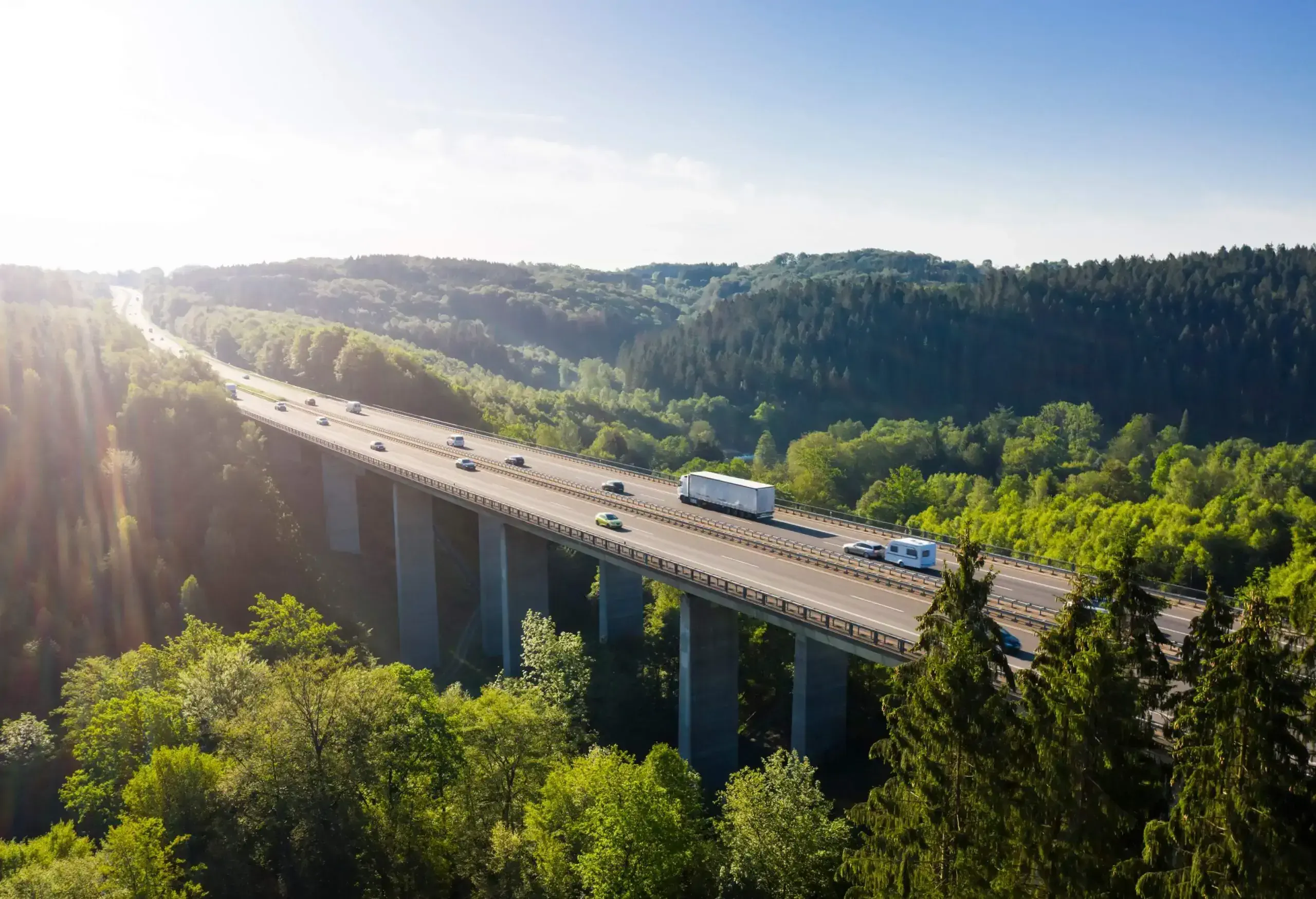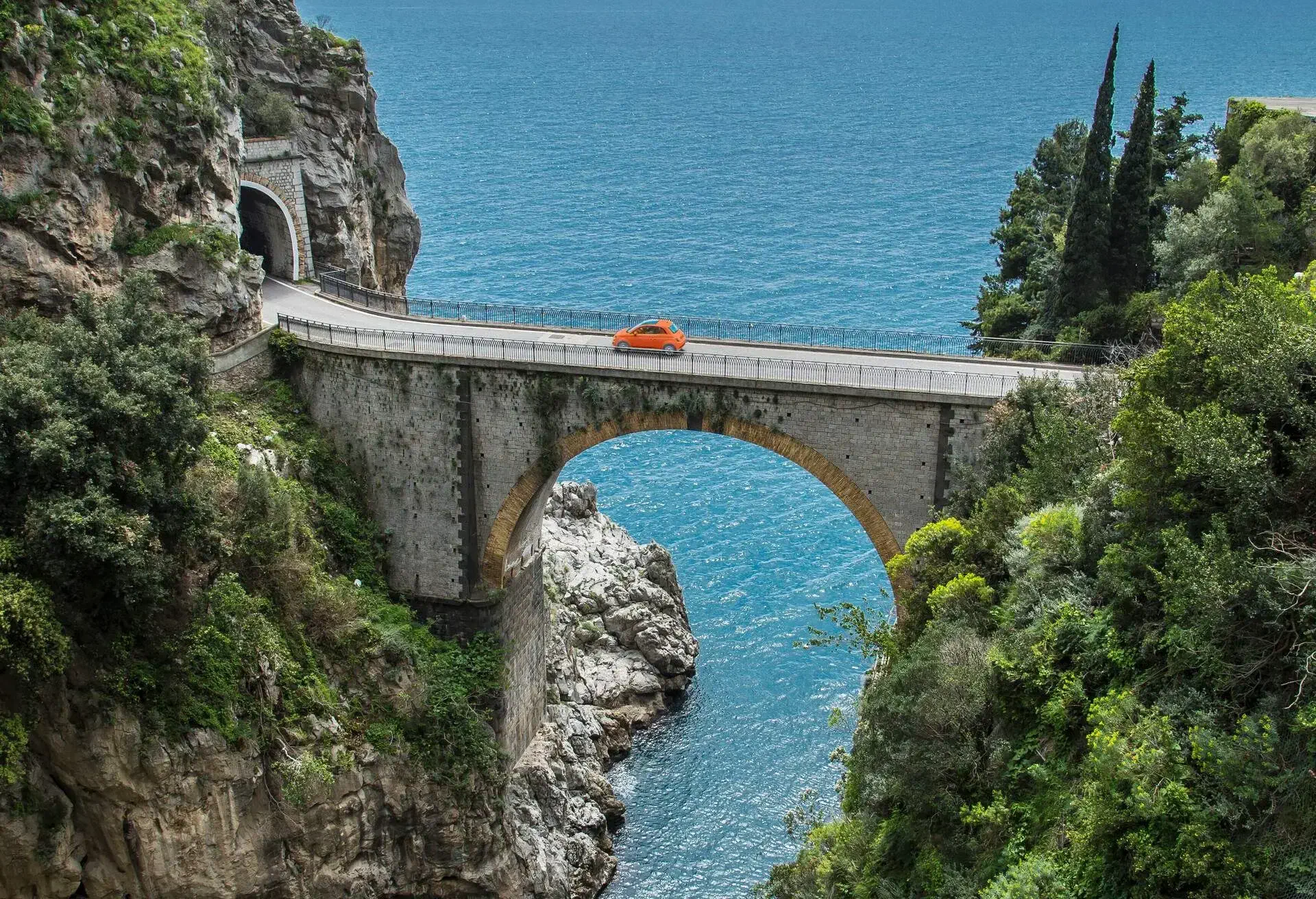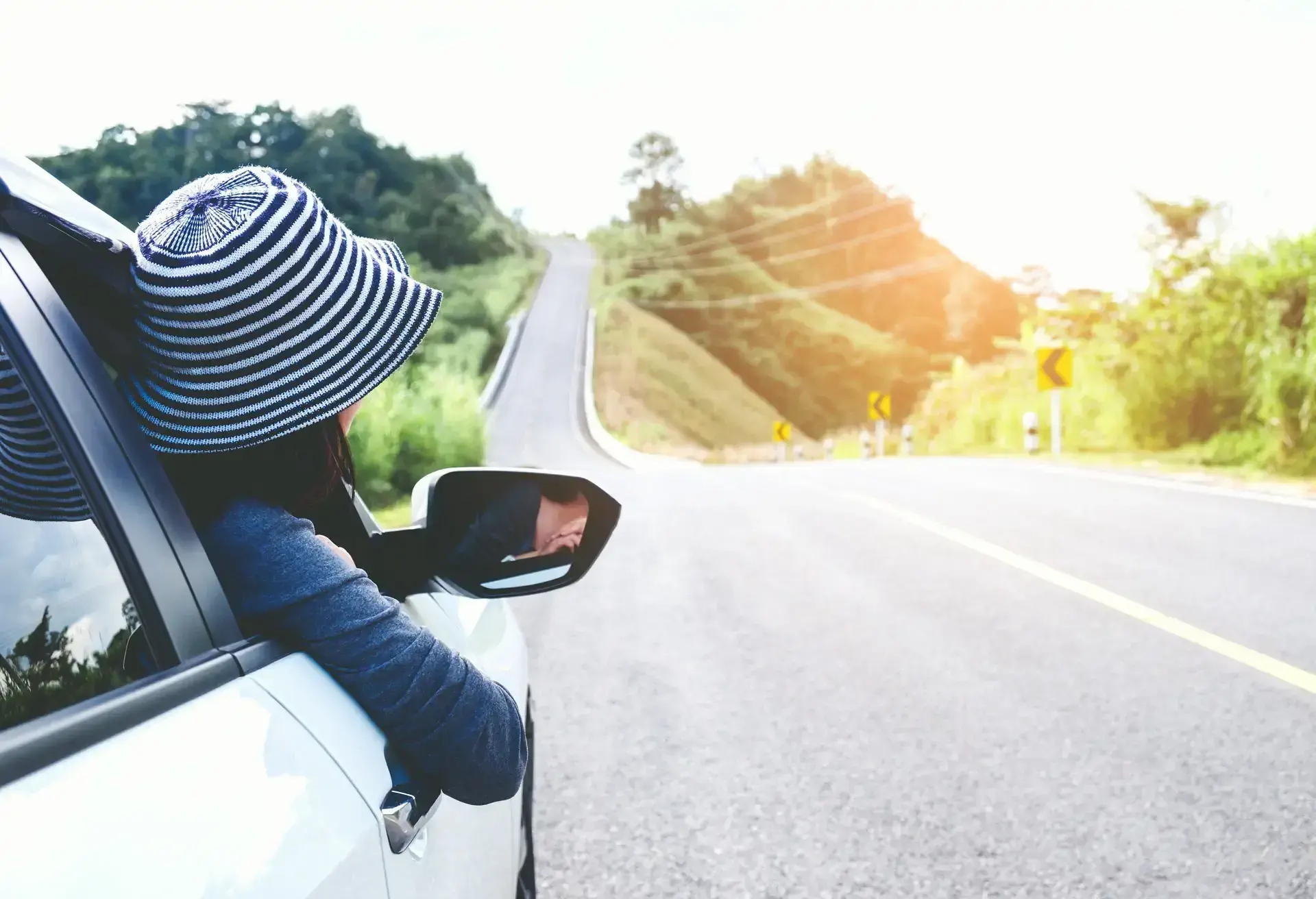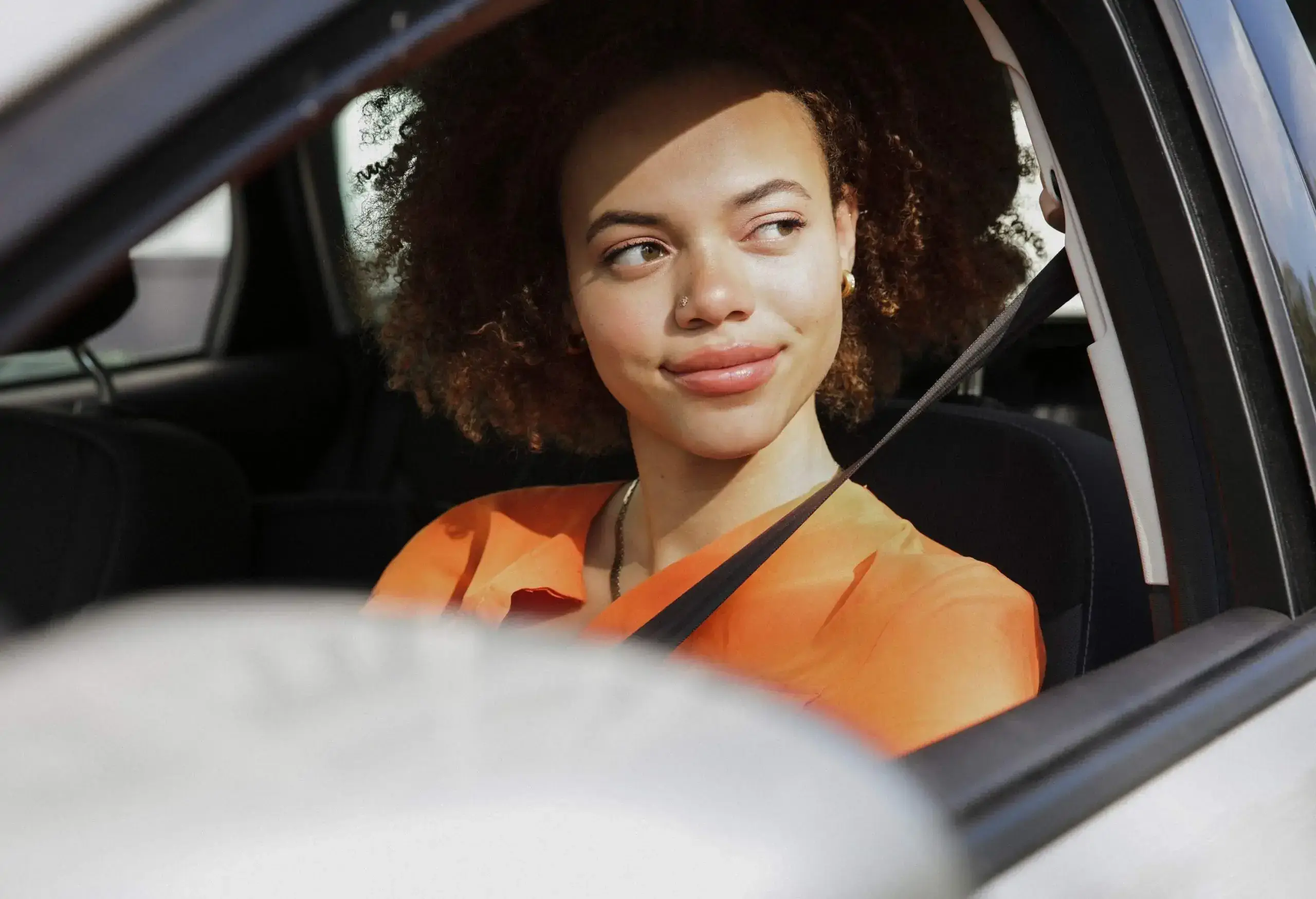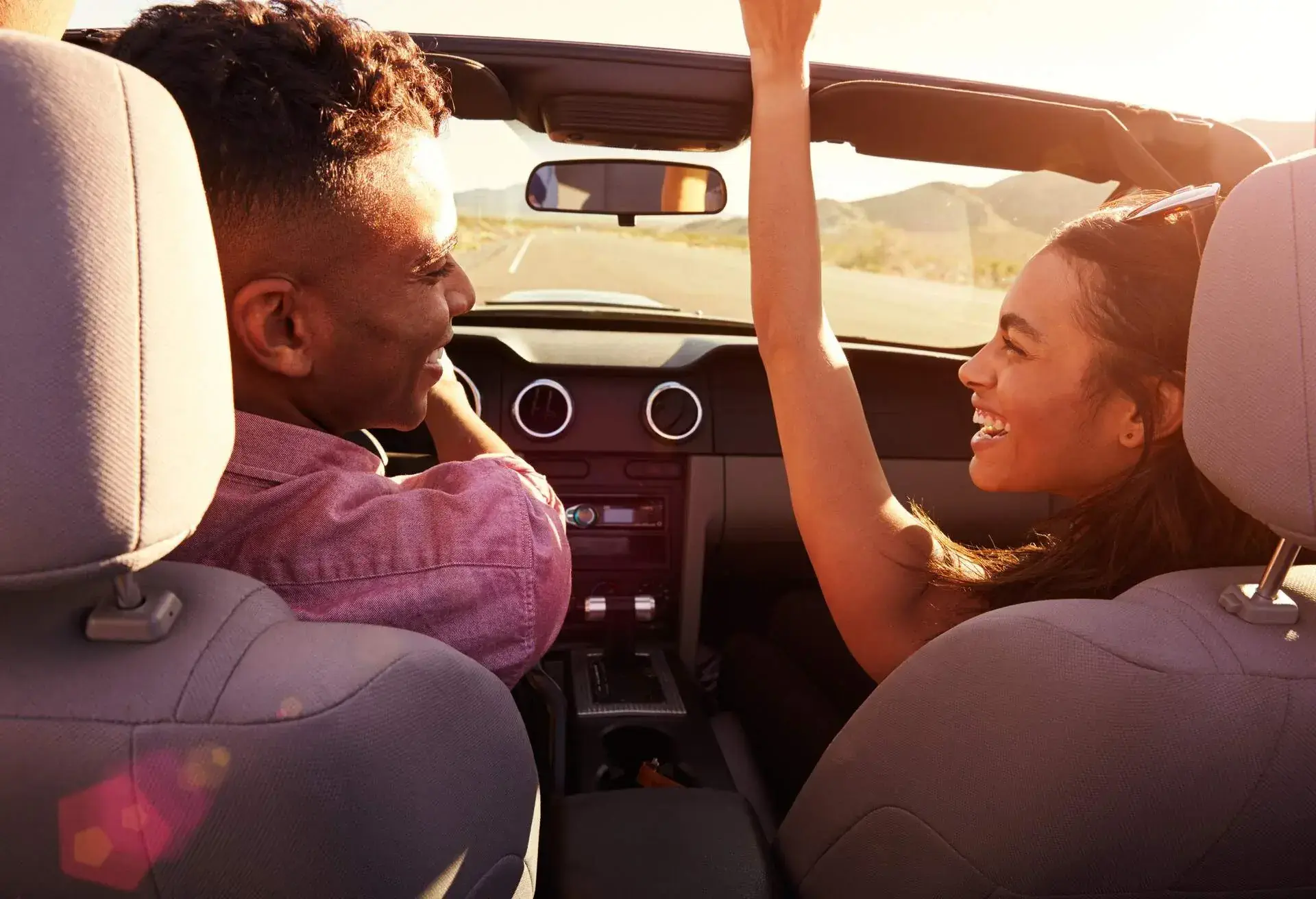Spain is road trip nirvana, from the twisting coastal backroads of Galicia to the wide open spaces of Sierra Nevada. Whether you’re hiring a car or taking your own on the ferry, here are the rules and requirements – plus some useful tips – for driving in Spain.
Requirements for driving in Spain
Before you head off on your driving trip to Spain, make sure you’ve examined all the rules and requirements.
Documents & car equipment
The minimum driving age in Spain is 18 years and you must have a valid UK driving licence with you. If you’re heading to Spain in your own car, you’ll also need to keep a number of additional documents with you at all times:
- Valid UK photo card driving licence
- Valid Proof of ID or National ID Card for EU citizens
- V5 original vehicle registration document (the log book)
- Car insurance certificate
- A UK sticker on your car, unless your number plate includes a ‘UK’
- VE103 Vehicle on Hire Certificate, if you’re driving a borrowed, hired, leased or a company car
You should also make sure your car has:
- A warning triangle
- High-visibility jacket
- Spare bulbs for headlights and indicator lights
- Headlight beam deflectors
Do I need an International Driving Permit to drive in Spain?
While you can drive in Spain with a UK licence, rules for licences issued elsewhere have changed since we left the European Union. If your licence was issued by the authorities of Gibraltar, Guernsey or the Isle of Man, you’ll also need an International Driving Permit (IDP) to drive and hire a car in Spain. Unsure? It only takes a minute to check whether you need an IDP.
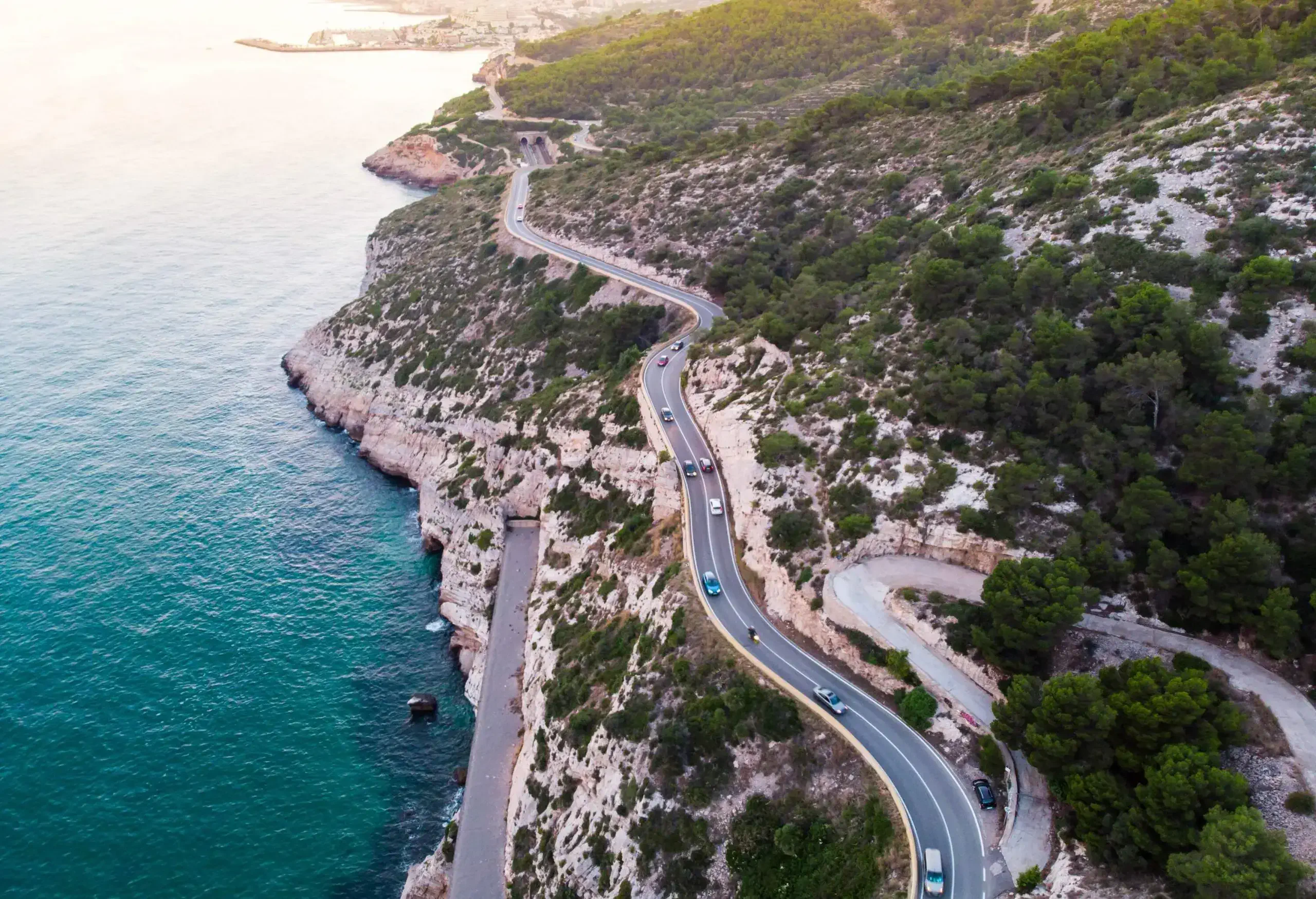
Hiring a car in Spain
Here’s everything you need to know about hiring a car in Spain, including new rules and top tips.
What do I need to hire a car in Spain?
Even though the minimum legal driving age in Spain is 18, most car hire companies require drivers to be at leat 21. When collecting your hire car you’ll also need your passport (or National ID card for EU citizens) and full UK driving licence. If you don’t have a UK licence, you’ll also need an International Driving Permit.
Lastly, make sure you have a credit card with you, which you’ll need to pay for the car hire deposit. Some rental agencies will accept a debit card, but this usually comes with the caveat that you’ll have to take out their own, usually overpriced, insurance. At a minimum you’ll need third-party liability insurance to hire a car in Spain.
Tips for hiring a car in Spain
When picking up your rental car, inspect it, take detailed photos (inside and out) and note down any existing marks and scratches. Then, when you return it, repeat the process to document its condition in case of any claims from the rental company.
Take clear, close-up photos of the wheels and windscreen, as these commonly see damage. I always take a picture of the dashboard to record mileage and fuel levels – particularly handy if you’ve got a limited mileage rental or the tank isn’t full when you collect your car.
Duncan Madden, travel writer
If you don’t have your own third-party insurance policy (which you really should!), check what level of insurance your rental includes. Whether you’re happy with basic insurance or want to go for full coverage depends on your appetite for risk. If you do have a separate insurance policy, make sure you’re not paying for the same coverage twice.
Road tripping in Europe gives you a great opportunity to visit more than one country. Mainland Spain has four international borders (Portugal, France, Andorra and the UK, via Gibraltar) and if you plan on crossing any you must tell the rental agency first. They’ll need to make sure you have the right insurance in place and will likely charge you a fixed day rate for the privilege.
For longer road trips, check you’re getting an unlimited mileage rental. It can be an expensive mistake to find out you’ve run over your allocated limit and have to pay a per mile fee on top of your rental charge.


Rules of the road in Spain
Motorways and road tolls
Spain has 17,000km of motorways split into what are called Autopistas and Autovías. Autopistas are the motorways that often have the tolls, whereas Autovias never have tolls. Around 30% of the motorways in Spain have tolls. You’ll see them coming with blue signs indicating ‘AP’ or ‘Peaje’.
You’ll usually get a ticket at a toll booth for the start of the paid road. You then insert your ticket into the automated machine or hand it over at the ticket booth when you leave exit the road, which will then calculate your fee. You can pay for tolls in Euros with cash or card.
If you’re going on an extended road trip, you might want to instead get a Telepeaje or Via-T subscription. This charges you automatically and electronically as you pass through toll gates, meaning you don’t have to stop. It’s easy to use, convenient and quick.
Priority and roundabouts
In Spain, you drive on the right, which means roundabouts work in the opposite direction to the UK, going anticlockwise. When entering a roundabout, give priority to vehicles on the left. Once on it, the same rules apply as in the UK – exit from the outside lane and use the right lane according to where you plan to exit. Take the righthand lane for the first exit and the left-most lane for the last exit.
Alcohol allowance and drink driving
For cyclists and drivers of private vehicles the legal limit for alcohol in the blood is 0.05%, which is lower than the UK limit of 0.08%. In some cases this limit is even lower – it’s 0.03% if you’re carrying eight or more passengers, transporting goods or children, or are driving public or emergency service vehicles. It also applies to (young) drivers who’ve held their driving licence for less than two years.
Child seat regulations
Children who measure less than 4.5ft (or 135cm) must travel in a child seat adapted to their size if they’re under 12 years old. Seats must be in the back seat of the car unless it doesn’t have one.
Parking
Paid parking spots are generally indicated by a blue zone with parking meters located nearby. You must purchase a ticket and display it clearly on your dashboard. Make sure you read the signpost for the maximum time allowed, as there’s usually a limit of one to two hours. At some hours of the day, parking may be free – often during siesta time or between 8pm and 8am.
If the parking area isn’t a blue zone, it’s likely a residential car park you’re not allowed to park in unless you have a resident’s permit. Disabled parking is available for those who have a permit issued by the municipality. Cars with disabled permits can park in more spaces, including loading zones for an unlimited time or pedestrian zones for a limited time.
Fuel
When refuelling your car in Spain, look for the words gasolina sin plomo if you’re after unleaded petrol. Diesel is called gasóleo A, and LPG is autogas. You can usually pay in cash or by card at most petrol stations, and will find automatic petrol pumps in built-up areas. There are also nearly 17,000 electric charging stations across Spain, although these are concentrated on major routes and towns.
Driving in Tenerife
Spain reaches far beyond its mainland with fantastic islands spread across the Mediterranean and Atlantic. Few are better for exploring by car than Tenerife in the Canary Islands. In the main, rules and requirements for drivers are the same in Tenerife as on the mainland, but there are some quirks to driving here it’s worth knowing about.
Firstly, the road network is well maintained with lots of toll-free motorways and dual carriageways connecting all corners of the island. Once you head up into the island’s more spectacular areas like Teide National Park and Anaga Rural Park however, things change quickly. Expect winding, narrow, often potholed roads with hairpin bends and sheer drops. Don’t be surprised to encounter congestion, especially from the tour buses that trundle along ponderously at unimaginably slow speeds.
On my last trip to Tenerife we drove up to Mount Teide at first light to enjoy the sunrise from Spain’s highest point. It’s a great time to drive as the tour buses aren’t yet working and the roads are quiet, meaning you can really take your time.
Duncan Madden, travel writer
The TF-436 route to the Masca Valley is renowned for being tricky to manoeuvre but is well worth the effort for its spectacular views. When driving up to Mount Teide and the spectacular lunar landscape that surrounds it, be wary of quick changes in the weather. You’ll often hit cloud banks that reduce the visibility to a few feet. Slow down, put your fog lights on and if in doubt, pull over and wait for visibility to improve.
Signage off the beaten track can be patchy (points of interest are in brown), so I recommend having a GPS with you. I download the entire island on Google Maps so that it’s always available even when phone reception is nonexistent.
Driving in Spain FAQs
To drive in Spain, you must be at least 18 years old and have a valid UK driving licence and passport (or National ID card for EU citizens). You’ll also need an International Driving Permit if your UK licence was issued by a non-mainland authority such as Gibraltar, Guernsey or the Isle of Man. In addition, your car needs to have car insurance, a V5C certificate and UK sticker.
To hire a car in Spain you’ll need to have a full UK driving licence and a passport or National ID card for EU citizens as identification. You’ll also need an International Driving Permit if your UK licence was issued by a non-mainland authority such as Gibraltar, Guernsey or the Isle of Man. Lastly, you’ll need a credit card to pay for the deposit.
The minimum legal age for hiring a car in Spain is 18 but most car hire companies require drivers to be at least 21 years of age.
Looking online, rental cars in Spain often seem cheaper than other countries. And indeed, this is often the case as the huge demand has created a burgeoning rental market where companies regularly often great deals to stand out from their competitors. Look closely though and you’ll often find only the basic price is quoted. Adding insurance and other fees can bump up the final price.
All KAYAK travel-related information is based on current UK/EU relations and is subject to change. It’s always worth checking official government websites to get the latest up to date information prior to travelling.

